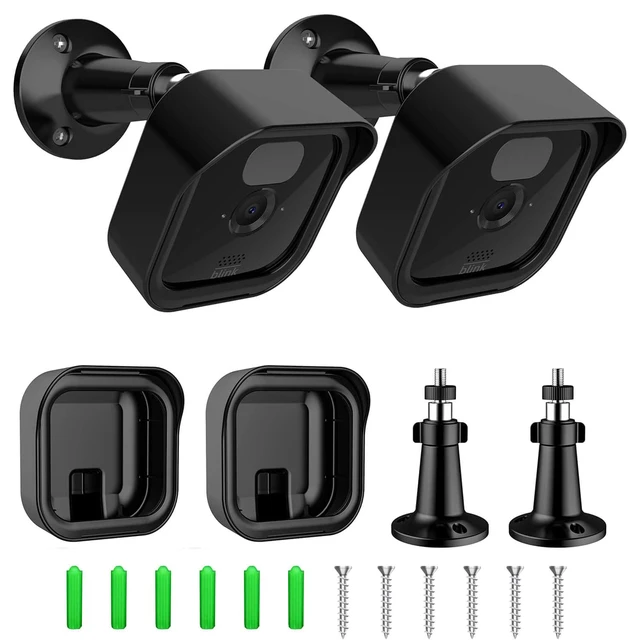 Introduction:
Introduction:
Blink cameras provide homeowners with added security and peace of mind. However, to ensure the continuous operation of the camera, it is important to understand how to properly charge it. In this comprehensive guide, we will explore the steps required to charge a Blink camera effectively, including battery removal and recharging, as well as tips for maximizing battery life. By following these simple instructions, you can keep your Blink camera powered up and functioning optimally.
Removing and Recharging the Blink Camera Battery
Power Down the Camera:
Before removing the battery, make sure the camera is turned off to avoid any potential damage or data loss.
Battery Removal:
Locate the battery compartment on the Blink camera.
Gently slide the latch or push the release button to open the compartment.
Carefully remove the battery from the camera.
Battery Recharging:
Prepare the battery charger and ensure it is compatible with the Blink camera battery.
Connect the charger to a power source.
Inserting the Battery:
Once the battery is fully charged, carefully insert it back into the Blink camera’s battery compartment.
Ensure it is securely in place.
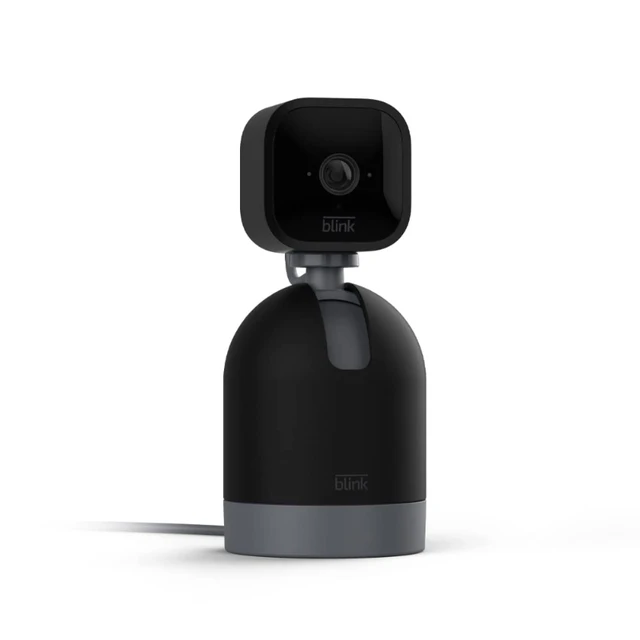 Tips for Maximizing Battery Life
Tips for Maximizing Battery Life
Adjusting Camera Settings:
Optimize the Blink camera settings to maximize battery life.
Reduce the frequency of motion detection recordings or schedule specific monitoring periods.
Optimal Camera Placement:
Place the Blink camera in an optimal location to minimize excessive motion detection triggers.
Avoid pointing the camera towards areas with constant movement, such as busy streets or trees affected by strong winds.
Wi-Fi Signal Strength:
Ensure the Blink camera has a strong Wi-Fi signal to prevent it from constantly searching for a connection, which can drain the battery.
Place the camera within range of the Wi-Fi router and minimize obstructions.
Regular Battery Checks:
Periodically check the battery level of the Blink camera through the Blink app.
Recharge the battery when it reaches a low level to avoid unexpected power interruptions.
Additional Considerations for Long-Term Use
Backup Battery:
Consider purchasing an additional battery as a backup to ensure uninterrupted camera operation.
Swap the batteries when one is depleted, allowing for continuous monitoring.
Solar Panel Charging:
Explore the option of charging the Blink camera using a solar panel, providing a clean, renewable power source for prolonged operation.
Extreme Weather Conditions:
Protect the Blink camera and its battery from extreme heat or cold, as temperature extremes can affect battery performance.
Consider using weatherproof enclosures for added protection.
Firmware Updates:
Regularly check for firmware updates for your Blink camera through the Blink app and install them to benefit from any improvements or bug fixes that may enhance battery performance.
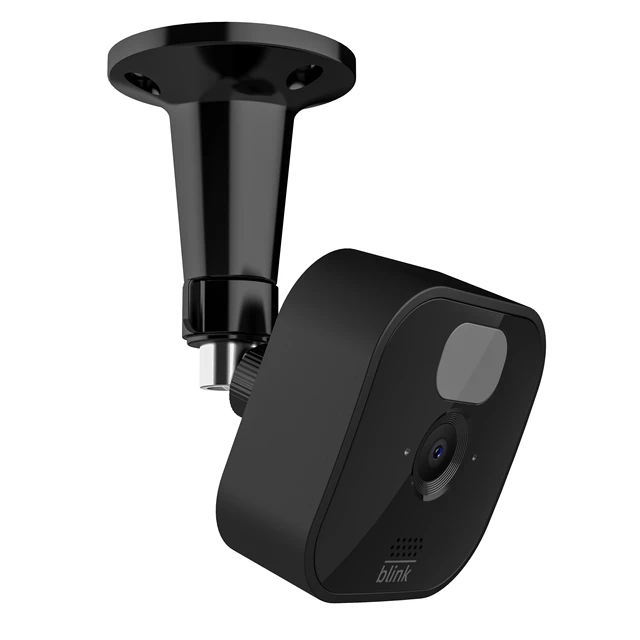 Blink cameras and Ring cameras:
Blink cameras and Ring cameras:
Blink cameras and Ring cameras are both popular brands of smart home security cameras. Here is a comparison between Blink cameras and Ring cameras:
Installation:
Blink cameras are known for their easy and wireless installation. They are battery-powered, making them simple to set up without the need for wiring. On the other hand, Ring cameras offer both wired and wireless options, giving users flexibility based on their preferences and existing infrastructure.
Video Quality:
Both Blink and Ring cameras offer HD video quality, but Ring cameras generally have higher resolution options, such as 1080p or even 4K, providing sharper and more detailed video footage.
Motion Detection:
Both camera brands have motion detection capabilities. Blink cameras have passive infrared motion sensors that can detect movements, while Ring cameras often feature customizable motion zones, allowing users to specify areas for monitoring and receive more targeted notifications.
Cloud Storage:
Blink cameras come with free cloud storage for recorded video clips, but there is a limited storage period. Ring cameras require a Ring Protect subscription for cloud storage, which offers longer storage periods and additional features like advanced motion detection and professional monitoring.
Two-Way Audio:
Both Blink and Ring cameras have built-in two-way audio, enabling users to communicate with people near the camera through their smartphone or other devices. This feature is useful for remote monitoring and interacting with visitors.
Integration with Smart Home Devices:
Ring cameras are more integrated with the Ring ecosystem, allowing seamless integration with other Ring products like doorbell cameras, alarm systems, and smart lighting. Blink cameras also offer some integration options, but they may have more limitations in terms of compatibility with other smart home devices.
Cost:
Blink cameras are generally seen as more budget-friendly, with lower-priced camera options and no monthly subscription fees for basic features. Ring cameras have a wider range of camera models and additional subscription plans that come at various price points, providing more flexibility but at potentially higher costs.
Ultimately, the choice between Blink and Ring cameras depends on individual needs, preferences, and budget. Considering factors such as installation ease, video quality, storage options, integration with other smart home devices, and ongoing costs will help in selecting the most suitable camera for a specific home security setup.
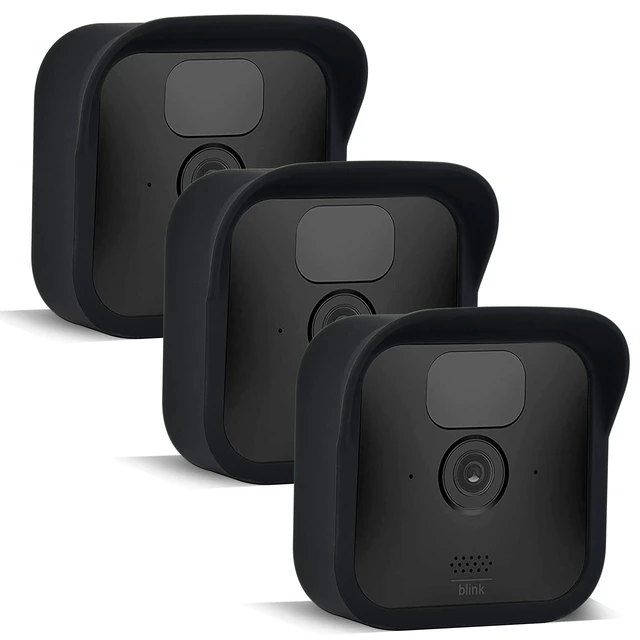 Blink cameras offer several advantages:
Blink cameras offer several advantages:
Easy Installation: One of the key advantages of Blink cameras is their easy and wireless installation. They are battery-powered, allowing for quick and hassle-free setup without the need for complicated wiring or professional assistance.
Cost-Effective: Blink cameras are known for their affordability compared to some other smart home security cameras on the market. They offer budget-friendly options for those looking to enhance their home security without breaking the bank.
Battery Life: Blink cameras are designed to have long battery life, conserving power and minimizing the need for frequent battery replacements. This makes them suitable for areas where accessing power outlets might be challenging or inconvenient.
Motion Detection: Blink cameras feature reliable motion detection capabilities. They use passive infrared sensors to detect movements and send notifications to your smartphone or other devices when triggered. This allows you to stay informed about any activity in and around your property.
Free Cloud Storage: Blink cameras offer free cloud storage for recorded video clips. While storage duration is limited, it provides a convenient way to access and review past events without the need for additional fees or subscriptions.
Mobile App Integration: Blink cameras come with a user-friendly mobile app that allows you to monitor your cameras, receive alerts, and customize settings remotely. The app provides a seamless and convenient experience for managing your Blink cameras from anywhere.
Expandable System: Blink offers the option to expand your camera system based on your needs. You can add more cameras to your setup, allowing you to cover multiple areas and angles to enhance your home security coverage.
Weatherproof Design: Blink cameras are designed to withstand various weather conditions, including rain, snow, and extreme temperatures. This makes them suitable for both indoor and outdoor use.
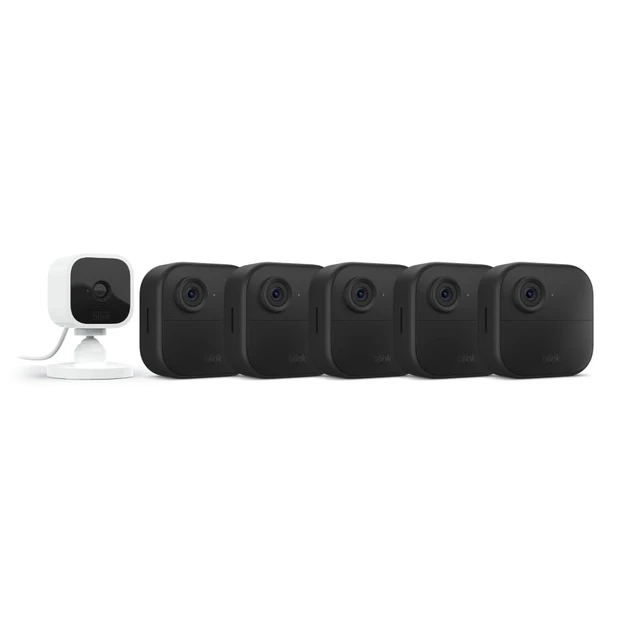 Conclusion:
Conclusion:
Understanding how to charge your Blink camera is essential to keep it operating smoothly and providing the necessary security. By following the steps outlined in this comprehensive guide to remove, recharge, and insert the battery correctly, you can ensure that your Blink camera remains functional and ready for use. Maximizing battery life through adjustments to camera settings, optimal placement, and regular battery checks will help prevent power interruptions. Consider additional measures like backup batteries or solar panel charging for long-term use. Let this guide serve as a valuable resource in effectively charging your Blink camera, so you can enjoy continuous and reliable security monitoring.

Leave a Reply